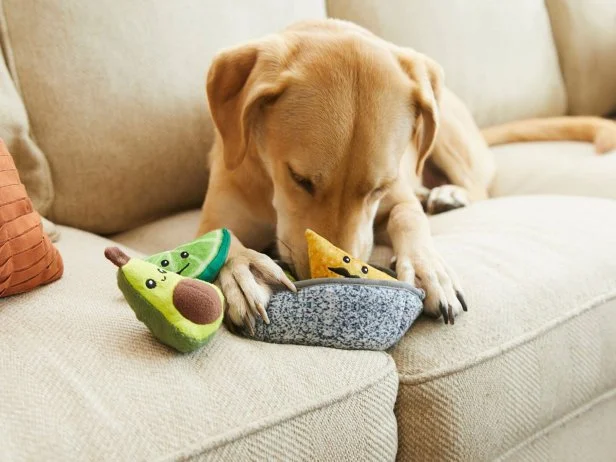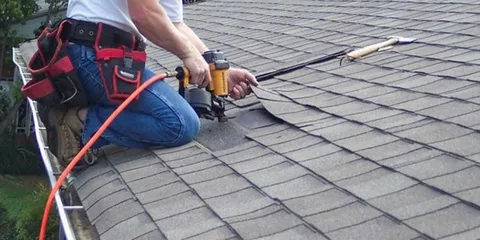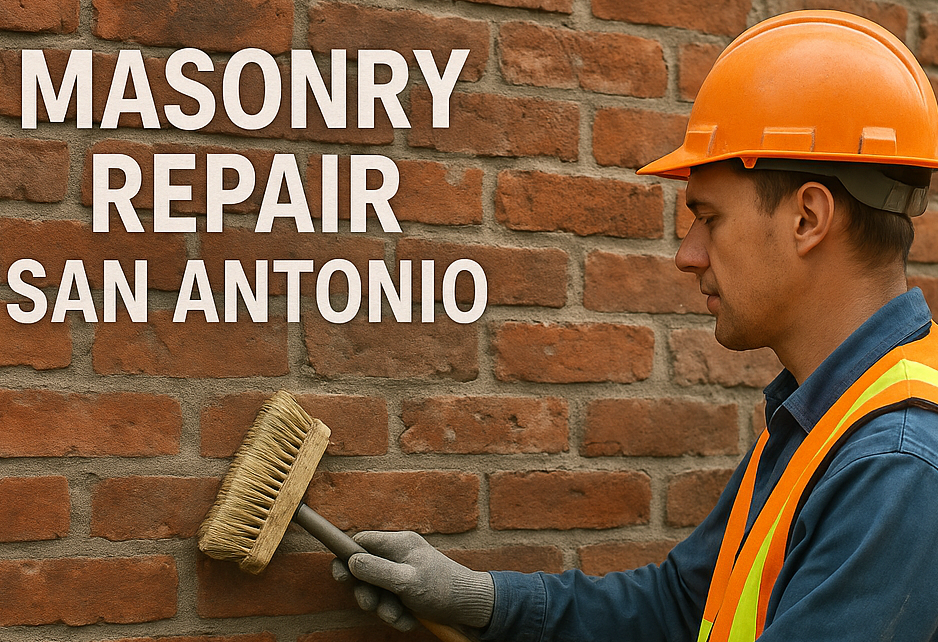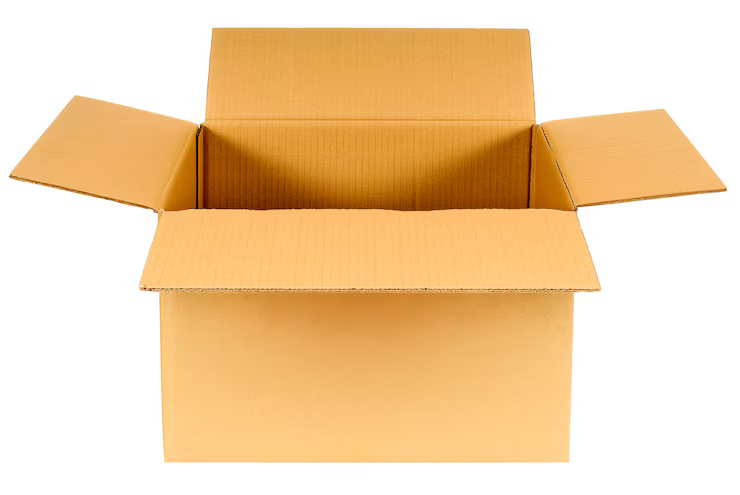
Indestructible Dog Toys: Do They Actually Exist?
- Book My Author
- Business
- 2025-09-30 15:58:30
- 977K
Let's start with the truth: truly indestructible dog toys don't exist. If someone claims their toy cannot be destroyed by any dog under any circumstances, they're overselling. Dogs have powerful jaws, determination, and time on their side. Eventually, they'll find a way. But nearly indestructible? That's achievable, and that's what most people actually mean when they search for indestructible dog toys.
The Power Chewer Problem
Some dogs are just built different. They don't play with toys so much as systematically demolish them. These power chewers can go through regular toys in minutes, turning what should be entertainment into expensive confetti. For owners of these dogs, the search for something that lasts becomes a serious quest.
Power chewers come in all sizes. Sure, breeds like Pit Bulls, Rottweilers, and German Shepherds are known for strong jaws, but don't underestimate a determined Terrier or even a Beagle with a mission. The intensity of the chewing matters more than the size of the dog.
What Makes a Toy Nearly Indestructible
The construction has to be solid throughout, not just tough on the surface. Some toys look robust but are actually thin material over hollow spaces. Dogs figure this out quickly and exploit the weakness. The best nearly indestructible toys use thick, consistent material with no obvious weak points.
Design matters as much as material. Seamless construction eliminates the spots where dogs typically start their destruction. No seams mean no threads to pull, no edges to peel back, no starting point for unraveling.
The material needs to be both tough and slightly flexible. Something completely rigid might seem strong, but rigid materials can crack or shatter under extreme jaw pressure. The right amount of give distributes force better and prevents catastrophic failure.
Rubber: The Foundation Material
When people think of indestructible dog toys, they usually picture heavy-duty rubber. There's a reason for this. High-quality rubber compounds offer the best combination of toughness, flexibility, and safety. Natural rubber is harder to destroy than synthetic alternatives, though both have their place.
The thickness is critical. Thin rubber tears easily. Thick rubber can withstand serious chewing for extended periods. We're talking about rubber that's often over half an inch thick in crucial areas.
Rubber toys designed for power chewers often have a solid or nearly solid construction. Hollow toys with thin walls don't make the cut for serious chewers. The material needs substantial mass behind it.
Beyond Basic Rubber: Other Materials That Hold Up
Ultra-tough nylon ranks among the most durable materials available for dog toys. Hard nylon bones and chew toys can outlast almost everything else. The downside is that some dogs find them less interesting than rubber, and very aggressive chewing on hard nylon can potentially wear down teeth over time.
Firehose material has gained popularity for its toughness. Real or synthetic firehose fabric resists tearing surprisingly well. Toys made from multiple layers of firehose material can withstand serious abuse. These work better for dogs who like to shake and tear rather than sitting and gnawing.
Ballistic nylon takes regular nylon up several notches in durability. Originally designed for luggage and protective gear, it handles dog teeth better than standard fabric. It's not truly indestructible, but it outlasts regular materials by a significant margin.
Smart Design Features
Shapes that don't have obvious grab points last longer. Smooth, rounded toys give dogs less to work with. Toys with lots of legs, ears, or protrusions provide natural targets for destruction.
Textures that clean teeth while dogs chew add value without compromising durability. Ridges and nubs need to be molded into the toy, not added on. Surface features that are integral to the construction hold up better than anything attached.
Weight can be an advantage. Heavier toys are harder for dogs to violently shake and slam. The toy's mass absorbs some of the force that would otherwise go into tearing it apart.
Treat-Dispensing Toys for Power Chewers
Combining food motivation with near-indestructible construction keeps power chewers occupied longer. These toys typically feature thick rubber construction with difficult-to-access internal chambers. Dogs spend time working to get treats out rather than focusing purely on destruction.
The challenge level matters. If treats fall out too easily, the dog loses interest quickly. The toy needs to make them work for it. Adjustable difficulty settings let you tune the challenge as your dog figures things out.
What Doesn't Work for Power Chewers
Anything marketed as a plush toy should be avoided unless it specifically states it's designed for tough chewers. Even then, approach with skepticism. Most plush toys are designed for gentle play, not power chewing.
Toys with squeakers become targets immediately. Power chewers zero in on the noise source and won't stop until they've extracted it. Once they get to the squeaker, the toy is usually destroyed in the process.
Thin rubber or vinyl toys pretending to be tough don't fool power chewers. These might survive a gentle dog but will fail quickly under serious chewing. The packaging might show pictures of large dogs, but that doesn't mean the toy can actually handle them.
Toys with multiple materials connected together create weak points. When rubber connects to rope or fabric to plastic, those connection points become targets. Single-material construction works better.
Testing and Supervision
Even nearly indestructible toys need supervision initially. Watch how your dog interacts with a new toy for the first few sessions. This tells you whether it's truly up to the challenge and helps you spot any unexpected weak points.
Some dogs have specific techniques that can defeat even tough toys. They might not be able to chew through something, but they figure out they can wedge it and twist, or slam it repeatedly on hard surfaces. Supervision helps you identify these tactics.
Remove toys that show signs of breaking down. Nearly indestructible means highly resistant, not immune. When you see pieces starting to come off or significant damage developing, take the toy away before it becomes a hazard.
Size Selection for Safety
For power chewers, always go larger than you think necessary. A toy that's too small becomes a choking risk, especially for dogs who chew aggressively. They should not be able to fit the entire toy in their mouth.
Large toys also tend to use more material, making them tougher by default. The increased mass makes them harder to destroy through shaking and slamming.
The Guarantee Question
Some companies offer guarantees on their toughest toys. These range from replacement policies to money-back guarantees if your dog destroys the toy. While no company can truly guarantee indestructibility, these policies show confidence in their product.
Read the guarantee terms carefully. Some have time limits, others require proof of purchase, and some exclude certain types of damage. But even with conditions, a guarantee provides more confidence than nothing.
Maintenance and Longevity
Even tough toys need cleaning. Rubber toys can be washed with soap and water. Some are even dishwasher safe. Regular cleaning prevents bacteria buildup and keeps the toy appealing to your dog.
Proper storage between play sessions extends toy life. Leaving toys outside exposes them to UV damage and temperature extremes that can weaken materials over time. Rotating toys and storing unused ones indoors makes them last longer.
Managing Expectations
If you have a serious power chewer, understand that even the best toys will eventually show wear. The goal is finding toys that last weeks or months instead of minutes or hours. That's a realistic win.
Some dogs simply destroy everything regardless of construction. For these extreme cases, you might need to limit toy time to supervised sessions and focus on other forms of enrichment when you can't watch them.
Building a Toy Collection
Don't put all your money into one toy. Get a few different types of nearly indestructible toys to see what your dog prefers and what actually holds up. Different toys serve different purposes, and variety keeps dogs engaged.
Having backups means you can rotate toys, which keeps them interesting longer and gives each individual toy a break from constant assault. Even tough toys benefit from not being the only option every single day.
Finding Real Solutions
The search for indestructible dog toys is really about finding reliable, long-lasting options that provide safe entertainment for power chewers. It's about not having to buy new toys every week and not worrying about your dog swallowing dangerous pieces.
When you're ready to find toys that can actually handle what your dog dishes out, LifeGizmoHub focuses on products that hold up to real-world use. Because the best dog toy is one that's still in one piece tomorrow.









